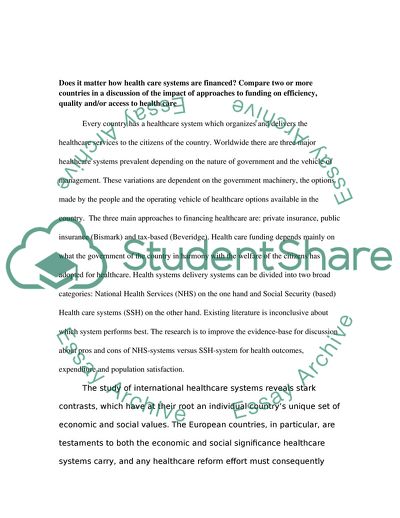Cite this document
(Impact of Approaches to Funding on Health Care Systems Assignment, n.d.)
Impact of Approaches to Funding on Health Care Systems Assignment. https://studentshare.org/health-sciences-medicine/1711315-does-it-matter-how-health-care-systems-are-financed-compare-two-or-more-countries-in-a-discussion-of-the-impact-of-approaches-to-funding-on-efficiency-quality
Impact of Approaches to Funding on Health Care Systems Assignment. https://studentshare.org/health-sciences-medicine/1711315-does-it-matter-how-health-care-systems-are-financed-compare-two-or-more-countries-in-a-discussion-of-the-impact-of-approaches-to-funding-on-efficiency-quality
(Impact of Approaches to Funding on Health Care Systems Assignment)
Impact of Approaches to Funding on Health Care Systems Assignment. https://studentshare.org/health-sciences-medicine/1711315-does-it-matter-how-health-care-systems-are-financed-compare-two-or-more-countries-in-a-discussion-of-the-impact-of-approaches-to-funding-on-efficiency-quality.
Impact of Approaches to Funding on Health Care Systems Assignment. https://studentshare.org/health-sciences-medicine/1711315-does-it-matter-how-health-care-systems-are-financed-compare-two-or-more-countries-in-a-discussion-of-the-impact-of-approaches-to-funding-on-efficiency-quality.
“Impact of Approaches to Funding on Health Care Systems Assignment”. https://studentshare.org/health-sciences-medicine/1711315-does-it-matter-how-health-care-systems-are-financed-compare-two-or-more-countries-in-a-discussion-of-the-impact-of-approaches-to-funding-on-efficiency-quality.


